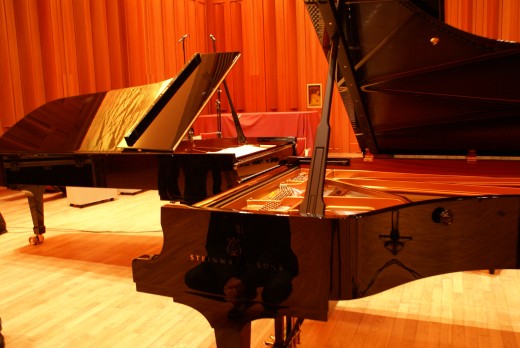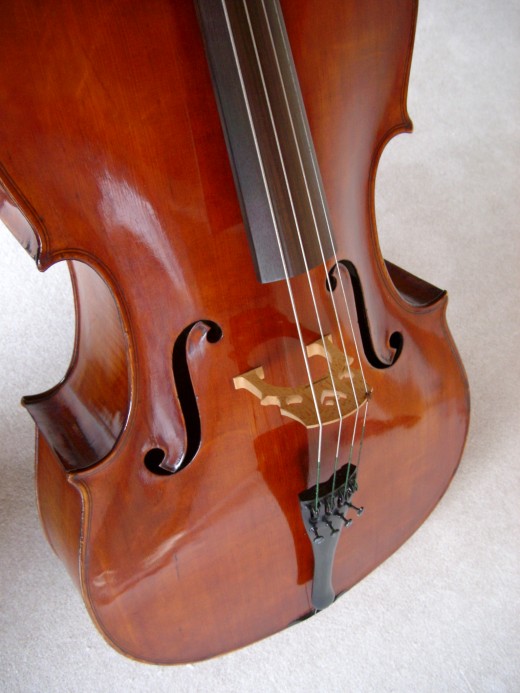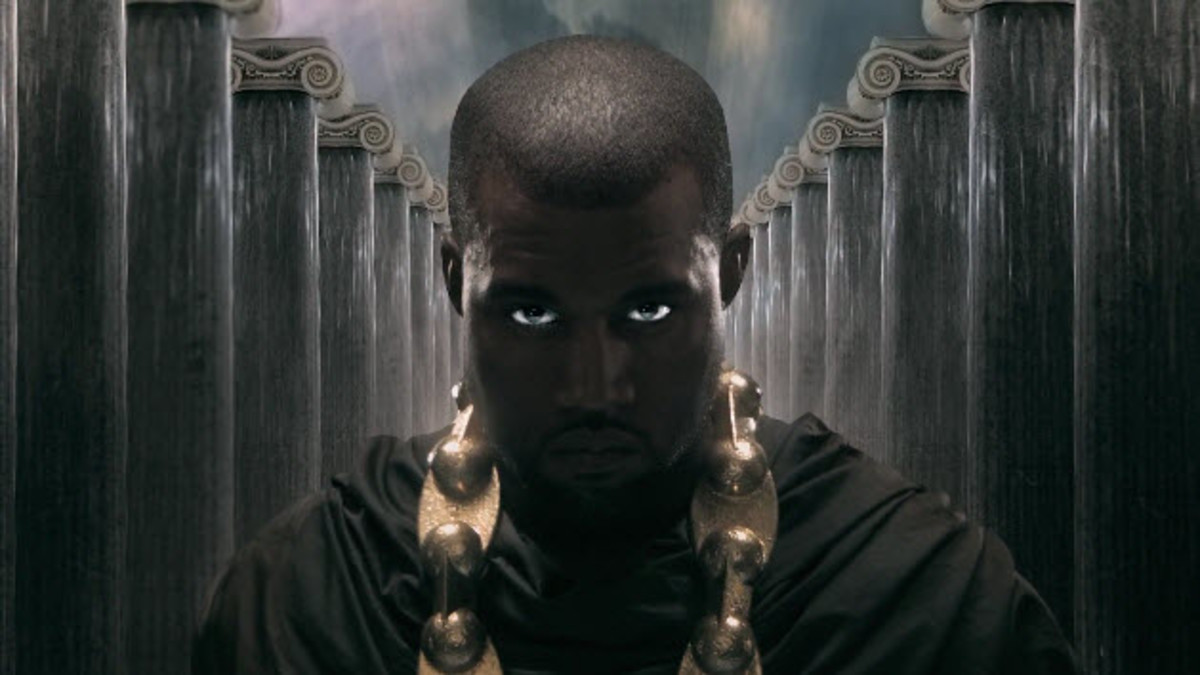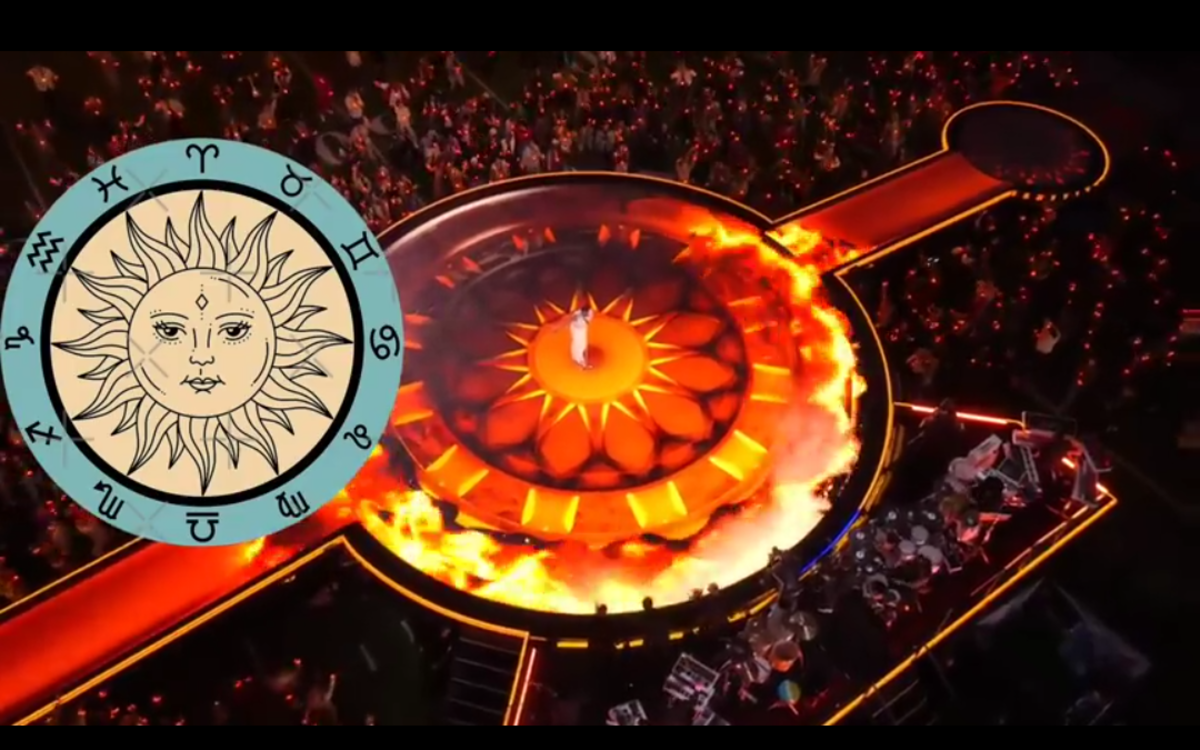Concert Review - Alicia Ward and Corey McVicar

Reflections on a Cello and Piano Collaboration
Early this spring, I was privileged to attend a duet of piano and strings, performed on the Millennium Stage of the John F. Kennedy Center for the Performing Arts. The Millennium Stage is a fairly unique venue, because the featured performances are sponsored (mostly by Target) and admission is therefore free to the public.
Though it was a Thursday evening that I was able to drag my wonderful husband into Washington D.C. (an impossible task on most weekends), a decent-sized crowd had gathered before the velvet ropes, waiting for the appointed hour of six o’clock. Fortunately, my husband and I had arrived at the venue early enough to spend some time exploring the Kennedy Center, admiring its extremely spacious layout and the lovely book-matched maple panels inside the elevator, and still get good seats near the stage.
The Millennium Stage itself is not especially large and is sort of tucked away in the Grand Foyer South, on the main floor of the Kennedy Center. There are no doors separating the stage and seating area from the Grand Foyer, as there are in most concert halls. Instead, the stage is designed so that its public performances can be viewed and enjoyed by persons outside of the seating area as well, which makes it an ideal venue for families with young children to attend, and if necessary, escape from.
Perhaps five or ten minutes before six o’clock, ushers lifted the velvet ropes and allowed the waiting crowd to find their seats. Since no tickets are necessary to attend Millennium Stage events, there are no assigned seats. My husband (who shall henceforth be referred to as Ben) and I, had, as I mentioned, arrived early, and were consequently able to obtain seats fairly close to the stage, near the aisle. After a brief introduction, which began punctually at six, the performers took the stage.
The featured musicians of March 22nd, 2011 were Alicia Ward, cellist, and Corey McVicar, pianist. Strathmore Artist-in-Residence Alicia Ward began studying the cello as a young child, and is an alumnus of the both the Peabody and New England Conservatories, having earned a Bachelor of Music and a Master of Music from those institutions, respectively.
Ms. Ward is a founding member of the Vissi d’arte Piano Trio. She has served as principal cellist of the New England Conservatory Philharmonic, Peabody Symphony Orchestra, as well as the Peabody Concert Orchestra and has played under such esteemed conductors as Michael Tilson Thomas, Marion Alsop, Julian Kuerti, Hugh Wolff, John Adams, Pinchas Zuckerman and Carlos Kalmar.
Ms. Ward, along with Corey McVicar has recorded a debut album entitled Tableaux, which, incidentally, contains the selections played by Ms. Ward and Mr. McVicar when I had the pleasure of seeing them perform.
Corey McVicar is a professor at the Peabody Institute of the Johns Hopkins University. An accomplished and talented musician, Professor McVicar holds degrees from Sydney Conservatorium of Music and the Peabody Conservatory, and he has also pursued “post graduate piano studies in Germany and France”.
The concert began with McVicar playing the opening bars of Debussy’s Sonata in D minor for cello and piano: I. prologue, which was written in 1915, making it an impressionist, rather than a classical or romantic piece. A few seconds into the piece, Ward joined in on the cello, playing with all the passion and technical skill one enjoys seeing in performances by professional musicians. I find that players of stringed instruments seem to be especially expressive in their playing. Together, Ward and McVicar continued through all three movements (Prelude, Serenade and Finale) of Sonata in D minor for cello and piano.
Claude Debussy (1862 – 1918) wrote his Sonata in D minor for cello and piano as the first of six planned sonatas. Unfortunately, the ailing composer completed only three of the projected works before his life was claimed by cancer. Composed in Paris during the Great War, Debussy’s sonatas are not his happiest or most popular works. However, since I was not at all familiar with Debussy’s work prior to attending the performance by Ms. Ward and Professor McVicar, my opinion of the music was almost entirely unbiased.
The duo went on to perform the Arpeggione Sonata in A minor, which was written by Franz Schubert (1797 – 1828) in Vienna. The Arpeggione Sonata, composed in 1824, harks from the romantic period, and was written for an enlarged guitar that was called, you guessed it, the arpeggione. The arpeggione could be bowed, like a violin or cello, but its six strings were tuned more like a guitar, necessitating some transposition of the “per arpeggione” sonata for the cello or viola. “The opening Allegro moderato is built around a wistful melody”, which will probably be recognizable, even to those who have never heard of the sonata. I myself found it vaguely familiar, though I was not previously knowledgeable about any of Schubert’s works by title.
Several minutes shorter in length than either the Allegro or Allegretto, “The Adagio is a rich but introverted musing on an almost hymn-like subject”. In much the same manner as an old hymn, I found the Adagio to be both moving and inspiring:
Schubert places great emphasis on the Neapolitan chord -- a harmony also used to great effect in the opening movement -- during the movement's closing measures, weakening the power of the final cadence and thus inviting the soloist to improvise a brief transition into the final, multi-sectioned Allegretto.
In a departure from the flowing and lyric melodies of Schubert, Ms. Ward went on to showcase her technical mastery by playing Dutilleux Trois Strophes sur le nom de SACHER, un poco indeciso, Andante sostenuto, and Vivace (Tableux). Composed in 1976 by Henri Dutilleux, the piece was part of a compilation in honor of Paul Sacher’s 70th Birthday. The Trois Strophes really do showcase quite a few interesting techniques, including the plucking of individual strings and using the body of the cello as a percussion instrument. Personally, I found the discordant and dissonant lack of discernible melody to be somewhat irritating, though Trois Strophes certainly allowed Ms. Ward to demonstrate her talent in a less classic fashion. It seems I am very much a fan of consonant and flowing harmonies, finding it difficult to appreciate disjointed cords and discordant melodies.
I was quite pleased that Ms. Ward and Professor McVicar chose as their finale Pezzo Capriccioso in B minor, Op 62 (Tableux), by Tchaikovsky. The composer himself needs no introduction, as his name and works have become part of popular culture, thanks to the many and varied performances of his ballets, ‘The Nutcracker’ and ‘Swan Lake’. Composed in the summer of 1887, Pezzo Capriccioso in B minor, Op 62 is a relatively short (7 minutes, on average) piece for cello and piano, which the author dedicated to his friend Anatolii Brandukov. Incidentally, Tchaikovsky and Brandukov were the first to perform the piece, in February 1888.
In keeping with many pieces for the cello, Pezzo Capriccioso in B minor, Op 62 has a sweetly melancholy tone, which is complimented by the rhythm supplied by the piano. Occasionally, the piano branches out into a lilting progression in the higher registers. In the middle, toward the end of the piece both the cello and piano parts grow spirited and playful, mellowing out a bit, then rising to a busy end. All in all, it was a lovely way to conclude the performance.
Ms. Ward and Professor McVicar’s dual interpretations of the mostly classical music were bright and at the same time reverential. I felt that their foray into more unusual styles with Dutilleux Trois Strophes sur le nom de SACHER enlivened the performance by showing their willingness to experiment with dissonance. I am very glad to have chosen this particular performance, and feel enriched for having done so. Ms. Ward is a bright star in her field, and I shall be following her career with interest.

Works Cited
"About|Alicia Ward cellist." Alicia Ward cellist. Alicia Ward, 2010 - 2011. Web. 9 Apr 2011. <http://aliciawardcello.com/?page_id=2>.
"Henri Dutilleux: 3 Strophes Sur Le Nom De Sacher (Cello solo)." Music Room. musicroom.com, n.d. Web. 1 May 2011. <http://www.musicroom.com/se/ID_No/0253157/details.html>.
Langston, Brett. "Pezzo capriccioso ." Tchaikovsky Research. Brett Langston, 23 Nov 2010. Web. 1 May 2011. <www.tchaikovsky-research.net>.
"Peabody Institute - Corey McVicar:Corey McVicar." Peabody Institute. Peabody Institute of The Johns Hopkins University, 2010. Web. 9 Apr 2011. <http://www.peabody.jhu.edu/251>.
"Sonata for arpeggione & piano in A minor ("Arpeggione Sonata"), D. 821." Classical Work Reviews. All Media Guide, 2011. Answers.com 01 May. 2011. http://www.answers.com/topic/sonata-for-arpeggione-piano-in-a-minor-arpeggione-sonata-d-821
- Kennedy Center: Millennium Stage, Free Performances Every Day at 6 p.m.
Free performances everyday at 6 PM in the Grand Foyer - no tickets required. Unless otherwise noted, all performances are broadcast over the Internet.






